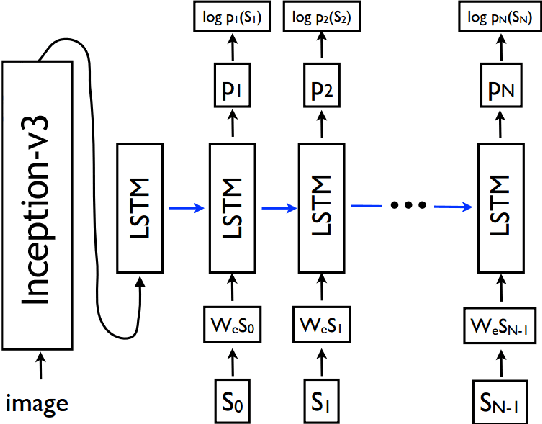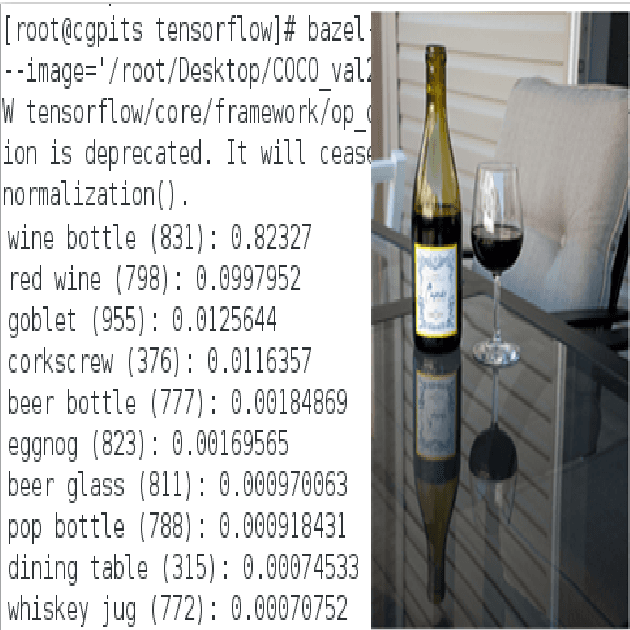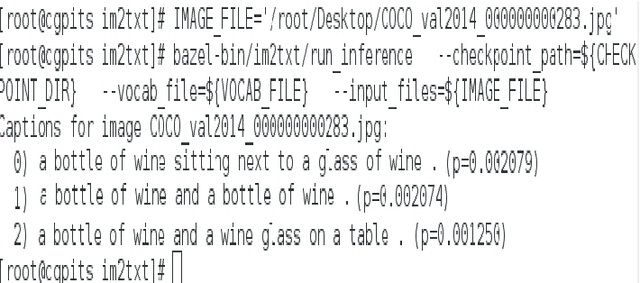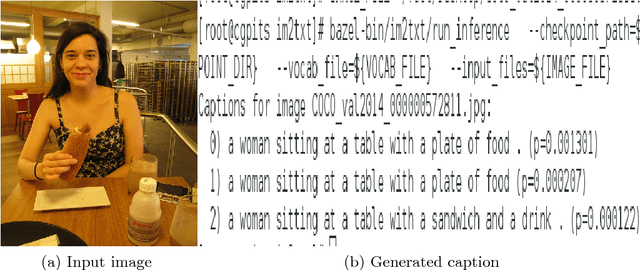Vishvajit Bakarola
Attention based Sequence to Sequence Learning for Machine Translation of Low Resourced Indic Languages -- A case of Sanskrit to Hindi
Sep 07, 2021



Abstract:Deep Learning techniques are powerful in mimicking humans in a particular set of problems. They have achieved a remarkable performance in complex learning tasks. Deep learning inspired Neural Machine Translation (NMT) is a proficient technique that outperforms traditional machine translation. Performing machine-aided translation on Indic languages has always been a challenging task considering their rich and diverse grammar. The neural machine translation has shown quality results compared to the traditional machine translation approaches. The fully automatic machine translation becomes problematic when it comes to low-resourced languages, especially with Sanskrit. This paper presents attention mechanism based neural machine translation by selectively focusing on a particular part of language sentences during translation. The work shows the construction of Sanskrit to Hindi bilingual parallel corpus with nearly 10K samples and having 178,000 tokens. The neural translation model equipped with an attention mechanism has been trained on Sanskrit to Hindi parallel corpus. The approach has shown the significance of attention mechanisms to overcome long-term dependencies, primarily associated with low resources Indic languages. The paper shows the attention plots on testing data to demonstrate the alignment between source and translated words. For the evaluation of the translated sentences, manual score based human evaluation and automatic evaluation metric based techniques have been adopted. The attention mechanism based neural translation has achieved 88% accuracy in human evaluation and a BLEU score of 0.92 on Sanskrit to Hindi translation.
* Published with International Journal of Engineering Trends and Technology (IJETT)
Image Captioning using Deep Neural Architectures
Jan 17, 2018



Abstract:Automatically creating the description of an image using any natural languages sentence like English is a very challenging task. It requires expertise of both image processing as well as natural language processing. This paper discuss about different available models for image captioning task. We have also discussed about how the advancement in the task of object recognition and machine translation has greatly improved the performance of image captioning model in recent years. In addition to that we have discussed how this model can be implemented. In the end, we have also evaluated the performance of model using standard evaluation matrices.
 Add to Chrome
Add to Chrome Add to Firefox
Add to Firefox Add to Edge
Add to Edge